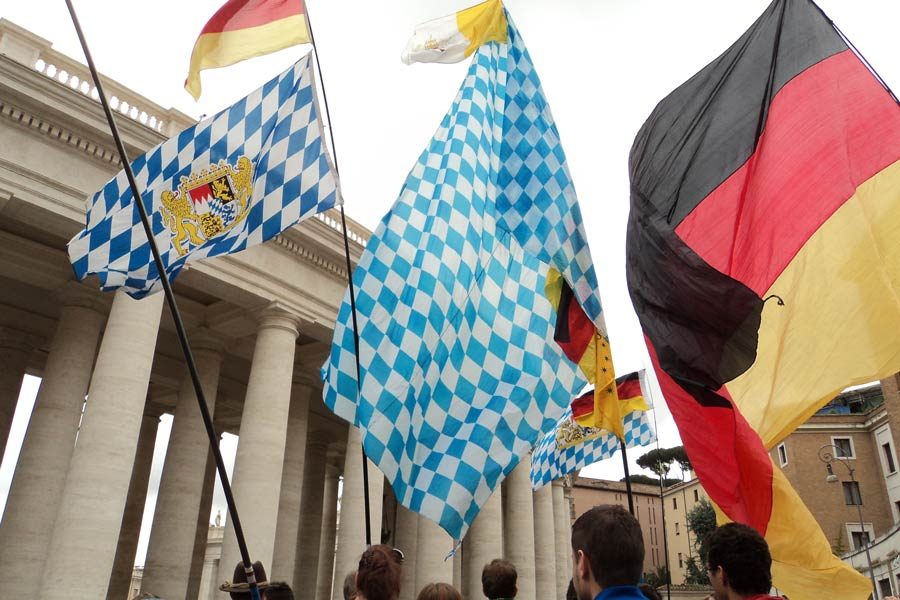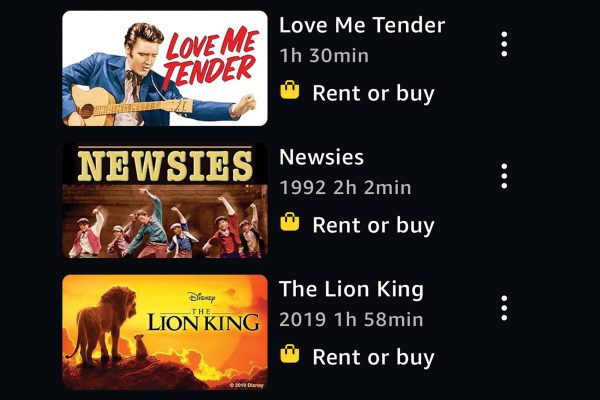Durch das Deutsche Land
Student explains how to effectively travel in Germany
January 26, 2016
Strolling down brick streets and marveling at Gothic architecture, smelling the tempting aromas of freshly baked bread, and hearing church bells from across towns are sights and sounds that tourists visiting Germany experience. However, a good trip doesn’t come without adequate planning.
When traveling to continental Europe, which includes Germany, consider taking a converter for continental European outlets (which are two round prongs). Consider the voltage difference as well. In the United States it is 110 volts and in Europe it is 220 volts. Check and see if your device has “dual voltage.”
Another important aspect of traveling is packing smart. While checking one bag on most international flights is still free, you can expect to be charged for two. Additionally, most airlines allow one carry on and a smaller item, like a purse.
Large amounts of luggage automatically makes you look like a tourist.
While packing light means packing fewer clothes, it doesn’t have to be much of sacrifice. Room sinks and launderettes work great for washing clothes.
Eating and sleeping come in a bundle in Germany as well as most of Europe. In Germany, what we call a hotel is a Hotel, so no worries there. If you are wanting a place that is smaller and more personal, look for the word “Gasthaus.” These are usually family owned and run but, you probably won’t find Cheerios or Cinnamon Toast Crunch on the table for breakfast because they might offer you bread, butter and jelly or soft boiled eggs.
One of the joys of Europe is reliable and cheap public transportation. In most larger towns, you can purchase a rail pass or take a bus around town. Busses generally stop at every stop, while trains make fewer stops. Additionally, most busses have a scenic route and some even provide tours.
Throughout the European Union, the currency is the Euro. An important thing to remember is that not all train stations and businesses accept American credit cards. Changing currencies can usually be done at airports or your local bank.
Castles and churches are like crumbs in a bread basket and can be found around virtually every corner. Most castles have the options of an audio tour or a group tour led by a local. Audio tours are offered in more languages while the latter are usually only in German and broken English.
While almost every business is closed on Sundays (in most places it’s a law), churches are almost always open. Whether you go for mass or just to look around, remember two words: sacred silence.
In southern Germany lays Bavaria, the Alps, and the fairy-tale castles of Neuschwanstein, Hohenschwangau, and Linderhof. Weißwurst and beer, brewed according to the “Reinheitsgebot,” which translated means “beer purity law” are unique to the area.
While Berlin offers a trendy nightlife and dazzling modern architecture, there are reminders of the Wall that once divided the country. Much like Nürnberg with remnants of Nazi occupation on the outskirts of town, Europe is dotted with historical sites that can take good information and an imagination to come alive.
Wittelsbachs’ palaces in Munich (München in German) begin to rival the amount of art museums that are dotted throughout the city. Baroque architecture can be found on every street in what used to be the capital of formerly independent Bavaria. The Hofbräuhaus is Munich’s world famous beer and the Viktualienmarkt is an open-air market that is perfect for a meal or a quick snack. Be sure to try Leberkäse, which rest assured, is not actually liver cheese
Contrary to popular belief, Germany does not consist solely of Nazis, oompah music, and people in Lederhosen drinking beer. Although Germany is slightly smaller than the state of Montana, it is bursting at the seams with culture and history. Gute Reise!




















